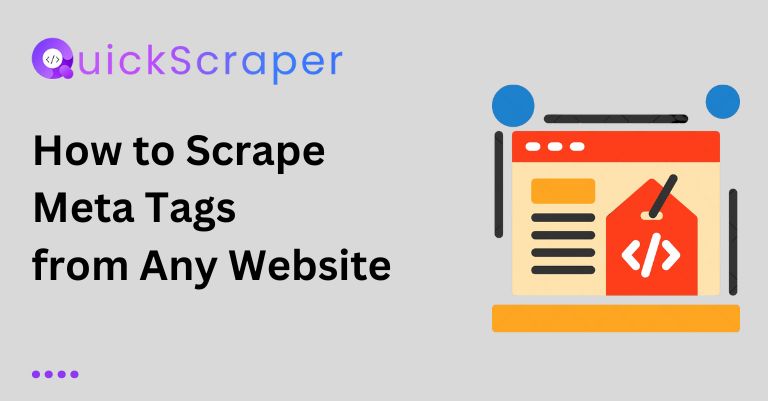
How to Scrape Any Website Using PHP
How to Scrape Any Website Using PHP Do you hate manually copying and pasting data from websites? With web scraping, you can automate the

To craft effective strategies and drive meaningful engagement in social media marketing, it is imperative to harness the power of data. Among the plethora of platforms, Twitter stands as a dynamic hub of real-time conversations, trends, and user interactions. To gain a competitive edge in the marketing landscape, businesses are increasingly turning to web scraping to extract valuable insights from Twitter data. In this comprehensive guide, we’ll delve into the art of scraping Twitter data for marketing, exploring its benefits, sharing tips and tricks, and showcasing real-world applications that exemplify its potential.
Twitter, with its 330 million monthly active users, offers a wealth of data that can be harnessed to inform marketing efforts. From monitoring brand sentiment to identifying emerging trends, Twitter data provides a valuable window into audience preferences and behaviors. By scraping this data, businesses can tailor their marketing strategies, target relevant audiences, and create content that resonates.
While scraping Twitter data offers immense benefits, it comes with challenges and ethical considerations. Twitter’s terms of service prohibit some forms of data collection, such as scraping personal user information or spamming. Adhering to these terms and respecting users’ privacy is essential.
In the fast-paced world of social media marketing, access to real-time data is the key to staying relevant and responsive. Twitter data scraping empowers businesses with actionable insights, enabling them to tailor strategies, engage with audiences, and make data-driven decisions. By setting clear objectives, choosing the right tools, and adhering to ethical practices, marketers can harness the power of Twitter data scraping to unlock a world of possibilities and shape their marketing endeavors in 2023 and beyond.

How to Scrape Any Website Using PHP Do you hate manually copying and pasting data from websites? With web scraping, you can automate the

How to Scrape Meta Tags from Any Website Meta tags are snippets of text that describe a website’s content, and search engines use them to

How to Scrape Images from Any Website Scraping images from websites can be a useful technique for various purposes, such as creating image datasets, backing

How to Scrape a Website Without Getting Blocked: A Developer’s Guide Web scraping, as a powerful tool, is beneficial for developers, giving them the power

How To Scrape Yelp Data using Python Web scraping is the process of extracting data from websites automatically. In this blog post, we’ll learn

How to Scrape Stock Prices Every Day using Python In this blog post, we will learn how to scrape stock prices from a financial website
By clicking “Accept”, you agree Quickscraper can store cookies on your device and disclose information in accordance with our Cookie Policy. For more information, Contact us.